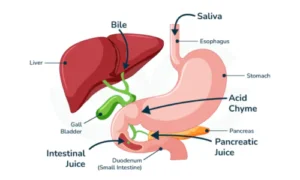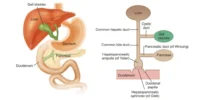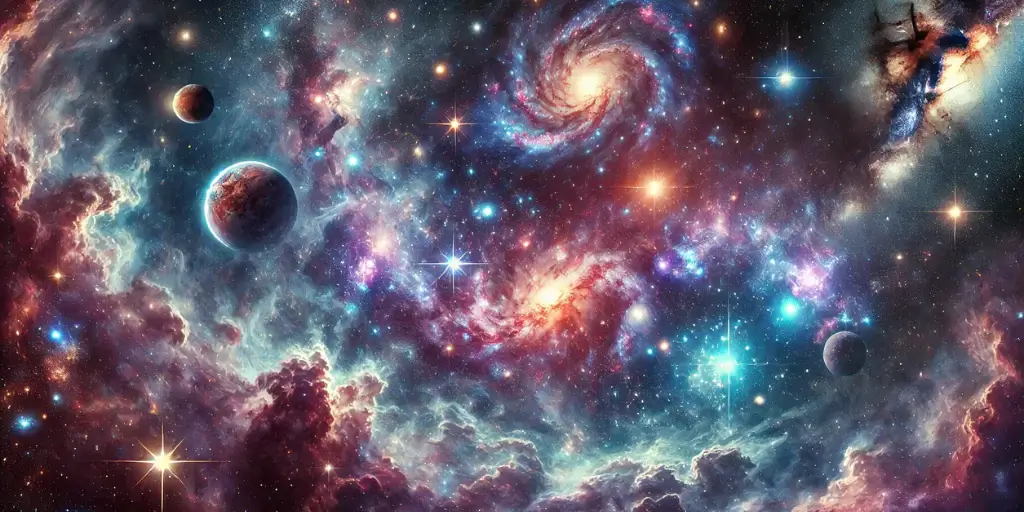Ever wondered why some people can enjoy dessert without their energy crashing an hour later? The secret lies in a masterful behind-the-scenes operator: the liver.
Most people think digestion is all about the stomach and intestines. They’re missing half the story.
The Organ works tirelessly as blood sugar’s ultimate regulator during digestion. When food enters the system, this remarkable organ decides whether to store excess glucose or release it when levels drop too low.
What’s fascinating is how the Hepatic organ makes these decisions in real-time, maintaining perfect balance without conscious thought. It’s like having an internal accountant constantly monitoring glucose deposits and withdrawals.
But what happens when this delicate system goes awry? The consequences extend far beyond feeling tired after meals.
1. The Liver: Your Body’s Blood Sugar Manager
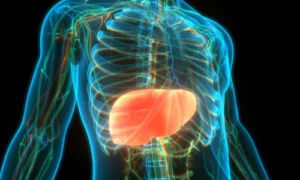
A. Essential functions of the liver in metabolism
The hepatic organ doesn’t mess around when it comes to blood sugar. This powerhouse organ is the main metabolic processing centre, breaking down nutrients and storing excess glucose as glycogen. When blood sugar drops, it quickly converts this glycogen back to glucose, keeping levels steady between meals.
B. The liver’s strategic position in blood circulation
Positioned perfectly to do its job, the organ receives nutrient-rich blood directly from the digestive system through the portal vein. This prime location allows it to immediately process incoming glucose after meals and release it when needed. Think of it as the gatekeeper of the body’s energy supply.
2. Glucose Storage and Release Mechanisms
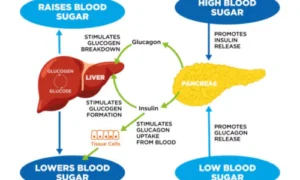
A. Converting excess glucose to glycogen
The hepatic organ acts as the body’s primary glucose warehouse, converting excess sugar to glycogen through glycogenesis. This process kicks in after meals when blood glucose rises, allowing the Organ to store about 100 grams of glycogen – enough fuel to power the body for roughly 24 hours without eating.
B. The glycogenolysis process: breaking down glycogen when needed
When blood sugar drops, the organ springs into action through glycogenolysis. This process rapidly breaks down stored glycogen back into glucose molecules, releasing them into the bloodstream. The beauty of this system lies in its responsiveness – the Hepatic organ constantly monitors and adjusts glucose output based on the body’s immediate energy needs.
3. The Hormone Dance: Insulin and Glucagon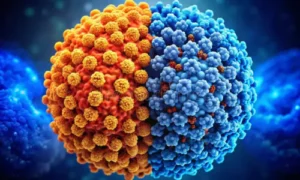
A. How insulin signals the liver to store glucose
When blood sugar rises after a meal, the pancreas releases insulin. This hormone travels to the liver and binds to receptors on hepatic cells, activating transporters that pull glucose inside. The Hepatic system then transforms this glucose into glycogen through a process called glycogenesis – essentially, packaging excess sugar for later use.
B. Glucagon’s role in triggering glucose release
Between meals, blood glucose levels drop, triggering glucagon release from the pancreas. This hormone tells the liver to break down stored glycogen (glycogenolysis) and create new glucose (gluconeogenesis). The organ then releases this glucose into the bloodstream, preventing dangerous low blood sugar episodes during fasting periods.
4. The Digestive Timeline and the Liver’s Response
A. What happens during the absorptive state
During the absorptive state, the organ shifts into storage mode. After a meal, insulin rises while glucagon drops, signalling the Hepatic system to capture excess glucose from the bloodstream. This glucose gets packed away as glycogen through a process called glycogenesis, helping prevent dangerous blood sugar spikes.
B. The post-absorptive state and blood sugar maintenance
Between meals, the body flips the script. Insulin levels fall while glucagon rises, triggering the liver to break down stored glycogen into glucose. This perfectly orchestrated process, known as glycogenolysis, maintains steady blood sugar levels even when someone hasn’t eaten for hours.
5. When Regulation Goes Wrong

A. Effects of liver disease on blood sugar control
When hepatic organ disease strikes, the body loses its glucose regulation superhero. Cirrhosis or hepatitis can derail glycogen storage and glucose release, causing wild blood sugar swings that might manifest as hypoglycemia during fasting or hyperglycemia after meals.
B. Diabetes and impaired liver function
The relationship between diabetes and liver problems works both ways. Diabetes damages organ cells over time, while an unhealthy liver can’t properly respond to insulin signals. This vicious cycle worsens glucose control and accelerates complications in both conditions.
Conclusion
The Organ stands as the body’s master regulator of blood glucose, employing sophisticated mechanisms to maintain optimal levels regardless of eating patterns. Through glycogen storage during meals and glucose release during fasting, this remarkable organ works in perfect harmony with hormones like insulin and glucagon to ensure cells receive the energy they need. The liver’s ability to respond to digestive timelines—storing excess glucose after meals and releasing it between them—demonstrates its crucial role in metabolic balance.
Understanding this delicate regulatory system highlights why liver health remains essential for overall well-being. When dysregulation occurs, conditions like diabetes and fatty liver disease can develop, compromising this vital balancing act. By appreciating how the liver continuously monitors and adjusts blood sugar levels, people can make informed lifestyle choices that support this critical metabolic function and maintain their energy balance throughout each day.



